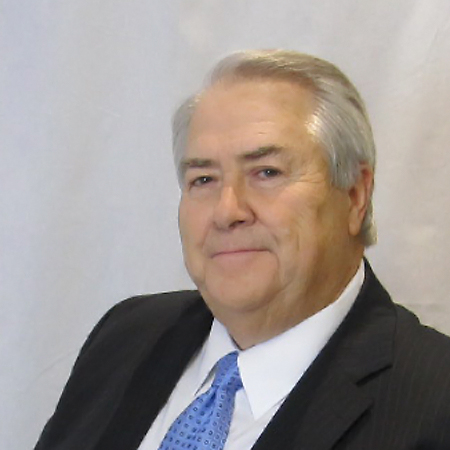
As we wrap up February, it’s clear consolidation and the underlying change it portends are continuing to exert a huge influence on every aspect of the healthcare field. For the long-term care and home health sectors, which in 2018 led the pace of dealmaking, it’s posing some significant risks for the industry to manage effectively in 2019.
Among them are shortages – of qualified healthcare workers and of nursing home beds for the skyrocketing numbers of aged. As a driver of change, the growth in tech solutions is another factor to consider for its inherent risks and rewards.
Meanwhile, as the industry adjusts to a changing environment, it can expect to see another price exacted: Higher malpractice insurance rates as carriers seek to recover losses that have mounted after years of chasing a shrinking healthcare client base.
Understanding the environment and the challenges it poses is the first step to managing through it effectively. Here’s what the long-term care sector can expect for the rest of 2019.
The changing complexion of long-term care
You might call it the perfect storm: Some 10,000 baby boomers will hit 65 each day until 2030, which could fuel a 75% increase in the number of Americans needing nursing home care. Meanwhile consolidation and private investment in independent and assisted living facilities is changing the face of the industry. Big national names are streamlining operations to focus on the most lucrative markets while multi-facility providers at the state or regional level are pushing growth in independent and assisted living centers.
But there still aren’t enough affordable nursing home beds for those fast-aging boomers, and staffing facilities is an ongoing issue. One solution to the growing demand for senior care – that also responds to the growing “aging in place” trend – is home health services, augmented by telemedicine. The shortage of providers that’s affecting healthcare industry as a whole is a pressure point for the long-term care sector, as well. The shortage of physicians and skilled nurses aside, some estimates put the supply/demand gap for home health aides alone to reach 466,300 by 2025.
Improved efficiencies and costs are typical justifications for a consolidating industry. Achieving those outcomes may be a challenge as the pressures of an aging population and a shortage of providers continue to mount.
Technology can fill care gaps, but risks remain
Various studies show that technology – telemedicine, specifically – is an ideal way to monitor the health of seniors, reducing both potentially avoidable hospitalizations as well as the necessity of moves into nursing homes. Such uses point to another reason why telemedicine has become the hot segment of the health IT market, expected to reach $20 billion in 2019.
Telemedicine aside, though, there can be downsides to technology, and how it’s used in the long-term care sector as much as healthcare in general. The risks moving forward are only growing. Electronic medical records, for example, are a management boon, but sloppy practices, workarounds and shortcuts can leave an organization open to malpractice claims that better training and safeguards could head off. Cyber breaches of patient records are another vulnerability that facilities don’t necessarily have the resources to guard against. That’s a big issue: health data breaches have jumped by 70 percent over the last seven years, to 75 percent of the 132 million records hacked. And the costs can be steep – potentially in patient lawsuits or fines for HIPAA violations, among others.
Expect higher malpractice premiums
The pressure has been building for insurers to push up premiums on medical malpractice premiums and 2019 is the year carriers in a number of states will pass through healthy increases. It follows nine years of a competitive and soft malpractice premium environment and two years of underwriting losses and reserve strength. Compounding the pressure have been medical trend costs, with claim verdicts and settlements of escalating severity.
To compound the issue, a number of the carriers are narrowing their writings or leaving the marketplace altogether so there are fewer options as losses mount.
We are advancing toward the advent of a new decade, one that’s sure to present us with any number of new challenges as we find ways to effectively chart out ways to care for our aging population. Understanding the nature and scope of the risks will be key in devising the best plans for response.
A
Glenn Day is Chief Strategy Officer and Shawn McLaughlin is National Practice Leader for leading insurance brokerage HUB International’s Healthcare Practice.






